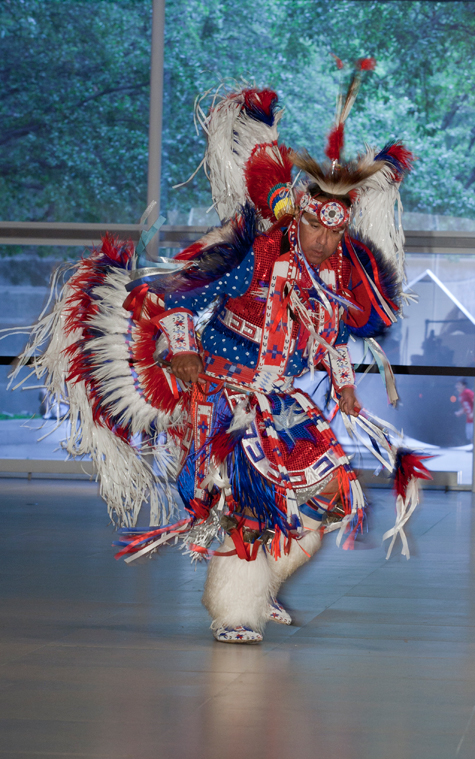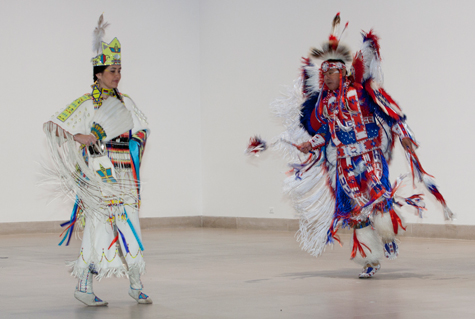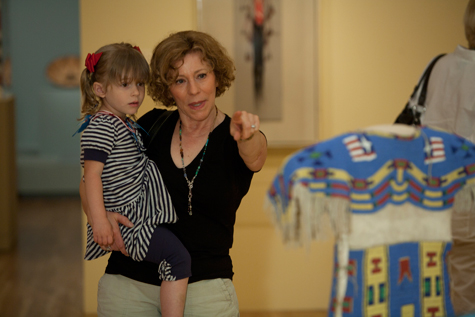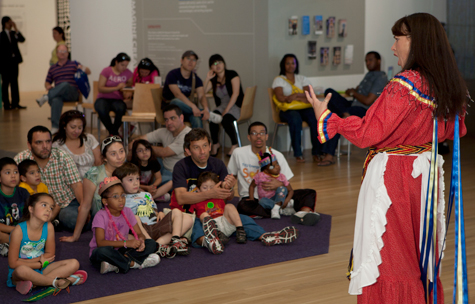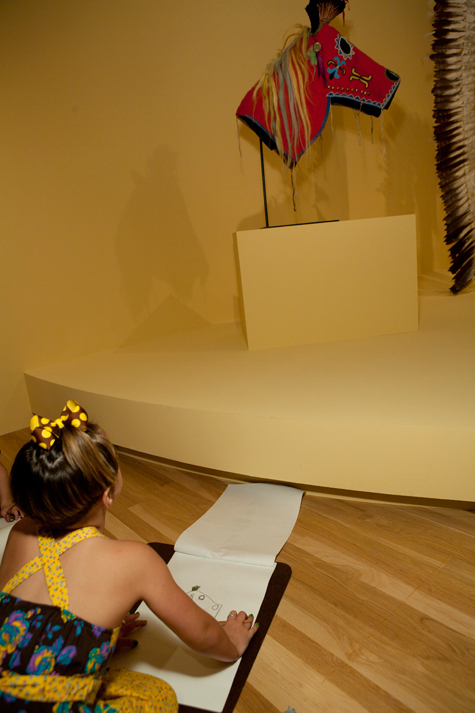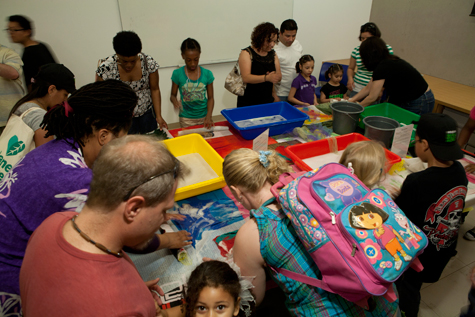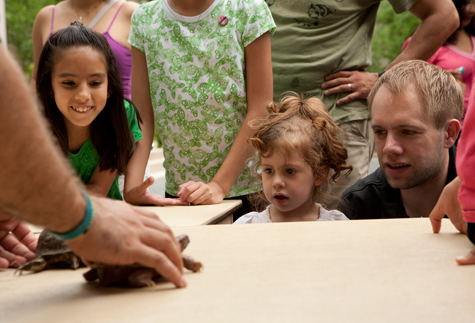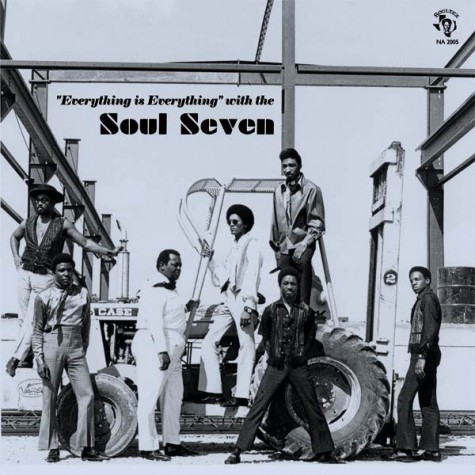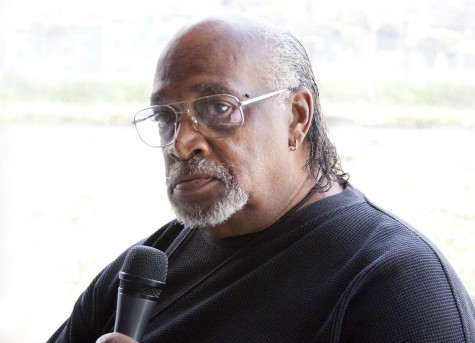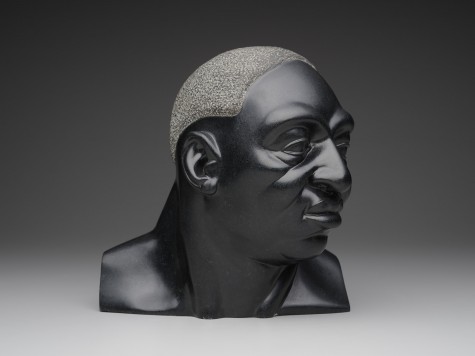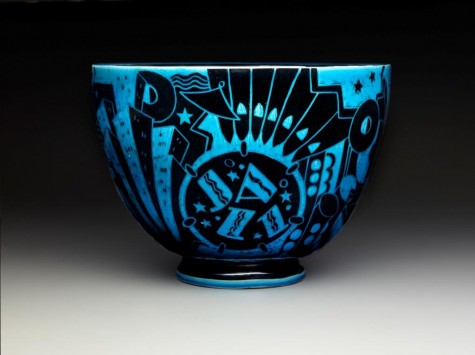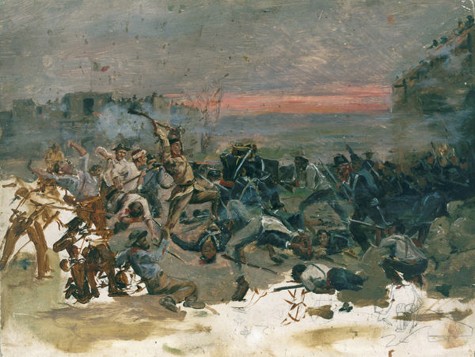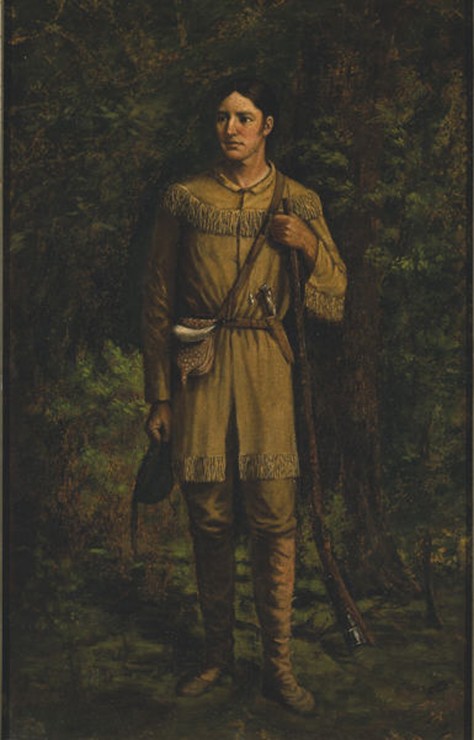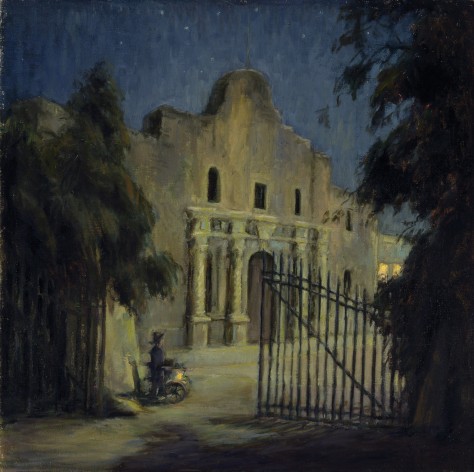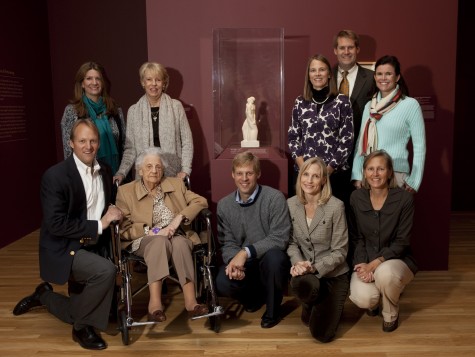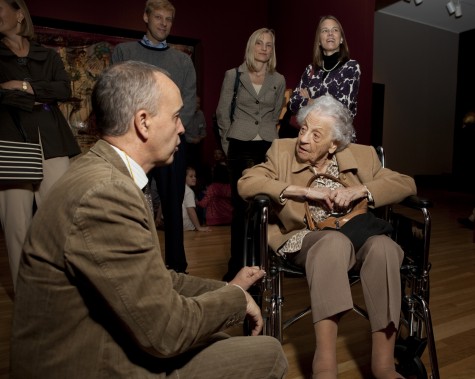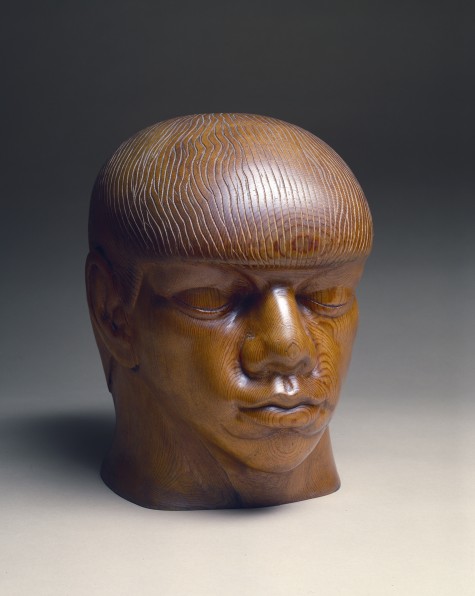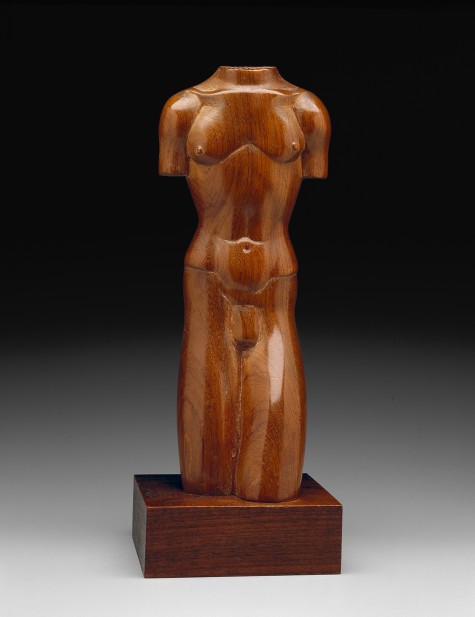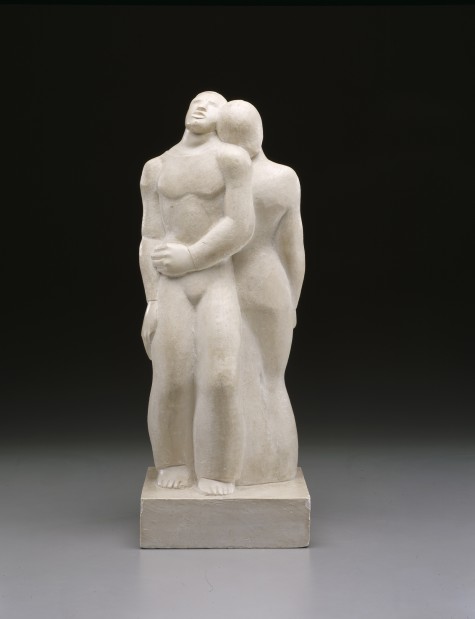Earlier this year, the DMA was very fortunate to receive a lovely gift from SMU’s distinguished Art History professor emerita Dr. Alessandra Comini. She gave us a beautiful sculpture of Lady Godiva by one of 19th-century America’s premier female sculptors, Anne Whitney. Whitney’s work frequently reflects her commitment to social activism. In fact, before Whitney became an artist she often wrote essays and poems that were published in a contemporary periodical dedicated to women’s rights called Una. Soon she became notable for expressing her abolitionist and feminist views through both the written word and sculpture. Whitney’s sensibilities made Lady Godiva’s story particularly appealing.
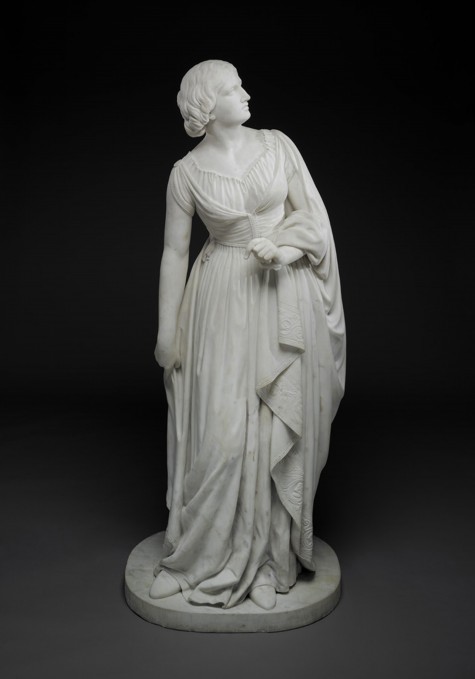
Anne Whitney, Lady Godiva, c. 1861–64, marble, Dallas Museum of Art, gift of Dr. Alessandra Comini in memory of Dr. Eleanor Tufts, who discovered the Massachusetts-backyard whereabouts of this long-forgotten statue and brought it to Dallas.
Generally, we think of Lady Godiva on her legendary ride, but Whitney chose to depict a moment much earlier in the story. Godiva lived in Coventry England during the 11th century. As the story goes, she complained to her husband that the tax he levied against his subjects was excessively high. He agreed to lower them if in return she would ride naked on a horse through the streets of Coventry. Whitney depicts the moment when Godiva accepted her spouse’s challenge. Gazing heavenward, fully clothed and just starting to remove her girdle, she is about to begin protesting on behalf of Coventry’s vulnerable and oppressed.
It is especially unusual to own an artwork depicting the earlier, more poignant moment in the account of Lady Godiva’s famous ride. Moreover, owning a full-sized marble sculpture of a woman by a woman artist is quite rare. We are grateful to Dr. Comini for her generosity, and we encourage you to come see this exquisite sculpture in the DMA’s American Galleries on Level 4.
Join Dr. Alessandra Comini on Thursday, October 27 for a special lecture on women sculptors from America who descended upon the seven hills of Rome during the 1860s and beyond. Click here for additional details.
Martha MacLeod is the Curatorial Administrative Assistant in the European and American Art Department at the Dallas Museum of Art.
